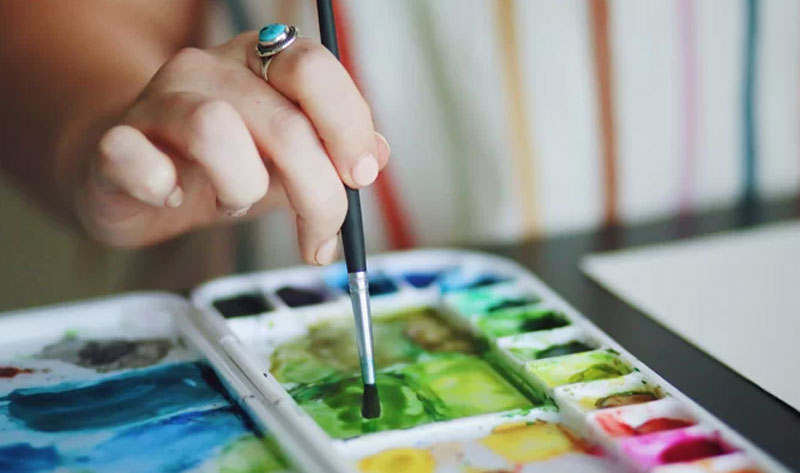

Assessment of Individual: Anthropometry: Weight, height, BMI Calculation.
Estimation of caloric intake is assessed Assessing understanding of prescribed medications. Evaluation of potential drug-nutrient interactions.
Suggestion of necessary blood tests for metabolic evaluation.
Dietary Recommendation:
Diet Plan: The nutritionist will Develop a diet plan considering the above factors. Followed by a reassessment of the individual’s condition and adjusting the diet plan according to changes and current needs.


Reiki: is a Japanese energy healing technique for reducing stress and promoting well-being. The term “reiki” is made up of two Japanese words, “rei” meaning universal or higher power and “ki” denoting life force energy. Mikao Usui founded the Reiki system of healing in the early 20th century. The different types of Reiki are Usui reiki, Karuna reiki and Shamballa reiki. The most widely practiced is the Usui reiki.
Reiki is said to be a life force energy that flows through all human beings. Reiki has been effective in showing significant results for treating various physiological and psychological conditions such as:
Reiki is concerned with treating or healing an individual holistically which includes their mind, body and spirit. Although Reiki is a spiritual technique of healing, it is not restricted or bound by any religion. It is universal across all cultures. Profound results are facilitated through gentle touch, energy transfer and positive mindset. It often helps in clearing passages of blocked energy in the body.
